Search Results for Tag: ice
Cryosphere in Crisis?
You can’t say the latest research results on the thinning of the West Antarctic ice sheet didn’t make the media. From the news agencies through the quality media and even publications not known for their detailed science or environment coverage – nearly all reported that two separate studies each independently come to the conclusion that parts of the West Antarctic ice sheet are already “collapsing”. They say this could result in a considerable sea level rise within the next century or two. This would have devastating consequences for low-lying coastal areas around the globe.
No-one can really say they didn’t know about this. For once, the Antarctic ice has made into the headlines of the mainstream media. This is the region people tend to think of as having “eternal ice”, where global warming will “not make much difference”. There are those who criticize the media for sensationalism or exaggeration by taking over the term “collapse” for a process which will still take hundreds to thousands of years. See for example Andrew Revkin’s post on Dot Earth (New York Times), (and an excellent response by Tom Yulsman in ImaGeo: (Discover Magazine). But, semantic discussions apart – as Yulsman puts it:
“On a human timescale, 200 years or more for the start of rapid disintegration is a very long time indeed. But on a geologic timescale, it is the blink of an eye. And that’s important to keep in mind too — that in a blazing flash, geologically speaking, we humans are managing to remake the life support systems of our entire planet. This is why I think today’s news may eventually be seen as having historic significance”. At any rate, he concludes “it is yet another clear sign that human-caused changes to the planet once regarded as theoretical are now very real”.
Indeed Tom. The question is: what are we going to do about it? Has it set the alarm bells ringing? Did anybody see a rash of reactions promising quick action on reducing emissions to mitigate climate change? If so, please point me in the right direction. So far, I haven’t seen any indication of anything other than business as usual.
The West Antarctic ice sheet contains so much ice that it would raise global sea level by three to four meters if it melted completely. As it sits on bedrock that is below sea level, it is considered particularly vulnerable to warming sea water. Until now, scientists assumed it would take thousands of years for the ice sheet to collapse completely. The two new studies indicate that could happen much faster – as early as 200 years from now or, at the most, 900. Both research teams, using different methods and looking at different parts of the ice sheet, conclude that the trend is probably unstoppable.
The NASA study published in “Geophysical Research Letters” uses data from satellites, planes, ships and measurements from the shelf ice to examine six large glaciers in the Amundsen Sea over the last 20 years. The second report, from the University of Washington published in the journal “Science,” uses computer models to study the Thwaites glacier. It is considered of particular importance because it acts as a type of “lynch pin”, holding back the rest of the ice sheet.
According to NASA researcher Eric Rignot, the glaciers in the Amundsen Sea sector of West Antarctica have “passed the point of no return.” He told journalists this would mean a sea level rise of at least 1.2 meters (3.93 feet) within the next 200 years.The University of Washington scientists worked out, using topographical maps, computer simulations and airborne radar, that the Thwaites glacier is also in an early stage of collapse. They expect it to disappear within several hundred years. That would raise sea levels by around 60 centimeters (23.62 inches). The NASA study showed that sea level rises of 1.2 meters are possible
The good news, according to author Ian Joughlin, is that while the word “collapse” implies a sudden change, the fastest scenario is 200 years, and the longest more than 1,000 years. The bad news, he adds, is that such a collapse may be inevitable: “Previously, when we saw thinning we didn’t necessarily know whether the glacier could slow down later, spontaneously or through some feedback,” Joughlin says. “In our model simulations it looks like all the feedbacks tend to point toward it actually accelerating over time. There’s no real stabilizing mechanism we can see.”
The latest IPCC report does not adequately factor ice loss from the West Antarctic ice sheet into its projections for global sea level rise, on account of a lack of data. These “will almost certainly be revised upwards,” according to Sridar Anandakrishnan from Pennsylvania State University at the presentation of the University of Washington study. The scientist was not involved in the research.
NASA glaciologist Rignot said he was taken aback by the speed of the changes. “We feel this is at the point where … the system is in a sort of chain reaction that is unstoppable,” he said.
Rignot also makes the key point that this development tells us not only about the area down at the South Pole, but about the whole climate system: “This system, whether Greenland or Antarctica, is changing on a faster time scale than we anticipated. We are discovering that every day.”
My last two blog posts have been about melting of the Greenland ice sheet and melting even in the East Antarctic, which is usually cited as the last bastion against ice-destroying climate change. We are subjecting our cryosphere to huge pressures and have set a “snowball” rolling, which is picking up momentum and will ultimately carry masses of ice into a rising ocean.
Rignot says even drastic measures to cut greenhouse gas emissions could not prevent the collapse of the West Antarctic ice sheet. That is a terribly depressing thought. I would like to think this will prove wrong. But if there is any chance to avert that disaster and preserve our polar ice for thousands of years rather than just a few hundred, surely the time for action is now?
Greenland melt natural or man-made?
And does it ultimately make any difference? Scientists from the University of Washington (UW) have published a paper in Nature estimating that up to half of the recent warming in Greenland and surrounding areas may be due to climate variations that originate in the tropical Pacific and are not connected with the overall warming of the planet. You can just hear the “I told you so”, from the climate skeptics. “Still”, the UW scientists add, “at least half the warming remains attributable to global warming caused by rising carbon dioxide emissions”.
With all due respect to the scientists who do this essential research – I repeatedly find myself wondering how we can talk about “natural” climate variations at all any more, given that we have changed the parameters so much you could argue none of it is really without human impacts. Does natural fluctuation not act differently if you are starting from completely different base data, brought about by man-made warming through greenhouse gas emissions?
Greenland and parts of neighboring Canada have experienced some of the most extreme warming since 1979, at a rate of about 1 degree Celsius per decade, or twice the global average, the scientists say. “We need to understand why in the last 30 years global warming is not uniform”, says first author Qinghua Ding, a UW atmospheric research scientist. “Superimposed on this global average warming are some regional features that need to be explained”.
The study uses both observations and advanced computer models. It comes to the conclusion that a warmer western tropical Pacific Ocean has caused atmospheric changes over the North Atlantic that have warmed the surface by about half a degree per decade since 1970. “The pattern of the changes in the tropical Pacific that are responsible for remarkable atmospheric circulation changes and warming in Greenland and the Canadian Arctic are consistent with what we would call natural variability”, says co-author David Battisti, a UW professor of atmospheric sciences.
Of course there will always be natural variability in the course of the seasons and changing meteorological conditions. But in many of the fastest—warming areas on earth, co—author of the new study John “Mike” Wallace, also professor at UW, says global warming and natural variations combine to create a “perfect storm” for warming.
The scientists attribute the natural variations in their study to an “unusually warm western tropical Pacific, near Papua New Guinea. Sind the mid-1990s the water surface there has been about 0.3 degrees hotter than normal. Computer models show this affects the regional air pressure, setting off a stationary wave in the atmosphere that arcs in a great circle from the tropical Pacific toward Greenland before turning back over the Atlantic”. Wallace says there are warm spots where the air has been pushed down, and cold spots where the air has been pulled up. And Greenland, he explains, is in one of the warm spots”.
This and other research by these scientists has documented the existence of decades-long climate variations in the Pacific Ocean which resemble the better known shorter-range El Nino variations. Other studies have indicated that waves starting in the same place in the tropical Pacific but radiating southward are warming West Antarctica and melting the Pine Island Glacier, which has been the subject here on the Ice Blog before.
The experts describe this natural variation as “unpredictable”, whereas the half of the warming in Greenland from the “forcing of climate by anthropogenic greenhouse gases” is “predictable”.
So what do we learn from all of this? One thing is clear. It does NOT change the threat to Greenland’s ice from our man-made warming: “Nothing we have found challenges the idea that globally, glaciers are reatreating, says Battisti. “Ice appears to be exquisitely sensitive to the buildup of greenhouse gases, more than we ever would have thought”, says his colleague Wallace.
Ultimately, the researchers say, natural variations could either accelerate or decelerate the melting rate of Greenland’s glaciers in coming decades. But, “in the long run, the human induced component is likely to prevail”.
So don’t let anybody use this as an excuse to talk down the need to cut emissions in a big way asap.
Will Antarctic share Arctic’s fate?
While the Arctic is melting twice as fast as the rest of the planet, and protests continue against the race for oil at huge risk to the sensitive environment, the icy regions around the south pole were long considered immune to climate change. But melting glaciers on the Antarctic Peninsula in recent years sparked doubts in the scientific community about just how stable the western region of Antarctica really is. Earlier this year, I wrote an article on the irreversible melt of the Pine Island glacier on western Antarctica. The huge iceberg that broke off last November has been in the news again, heading for the open sea.
Only the huge icy vastness of Eastern Antarctica still appeared to be safe from the perils of a warming climate. Now experts from Germany’s Potsdam Institute for Climate Impact Research (PIK) have published findings indicating that this too might no longer be the case. In a study published in “Nature Climate Change“, they write that the melting of just a small volume of ice on the East Antarctic coast could ultimately trigger a discharge of ice into the ocean which would result in unstoppable sea-level rise. They are talking about tomorrow or the next decade. Still, the prospect of more irreversible thawing in the Antarctic is a very worrying one.
“Previously, only the West Antarctic was thought to be unstable. Now we know that the eastern region, which is ten times bigger, could also be at risk”, says Anders Levermann, co-author of the study. The findings are based on computer simulations which make use of new, improved data from the ground beneath the ice sheet.PIK scientist Levermann was one of the lead authors of the sea-level section in the latest IPCC report.
“The Wilkes Basin in East Antarctic is like a bottle that is tilted”, says Matthias Mengel, lead author of the new study.”If you take out the cork, the contents will spill out”. At the moment, the “cork” is formed by a rim of ice at the coast. If that were to melt, the huge quantities of ice it holds back could shift and flow into the ocean, raising sea levels by three to four meters. Although air temperatures over Antarctica are still very low, warmer ocean currents could cause the ice along the coast to melt.
So far, there are no signs of warmer water of this sort heading for the Wilkes Basin. Some simulations suggest though that the conditions necessary for the “cork” to melt could arise within the next 200 years. Even then, the scientists say it would take around 2000 years for sea level to rise by one meter.
According to the simulations, it would take 5,000 to 10,000 years for all the ice in the affected region to melt completely. “But once this has started, the discharge will continue non-stop until the whole basin is empty”, says Mengel. “This is the basic problem here. By continuing to emit more and more greenhouse gases, we could well be triggering reactions today that we will not be able to stop in the future. ” Indeed.
The IPCC report predicts a global sea-level rise of up to 16 centimeters this century. As this could already have devastating impacts on many coastal areas around the globe, any additional factor is of key importance to the calculations. “We have presumably overestimated the stability of East Antarctica”, says Levermann. Even the slightest further increase in sea level could aggravate flooding risks for coastal cities like New York, Tokyo or Mumbai.
At the moment, the largest contribution to Antarctic ice loss and rising sea levels comes from the Pine-Island glacier in West Antarctica. As I mentioned at the start, a huge iceberg, which broke off from the glacier last year, is currently floating into the open waters of the Southern Ocean. French glaciologist Gael Durand from Grenoble University told me in an interview the huge glacier had already reached a point where its continued melting is irreversible, regardless of air temperature or ocean conditions.
Greenland’s icecap losing stability
Catching up on the last few weeks of icy news after a spring holiday, my eye was caught by an item by Tim Radford from the Climate News Network, dated April 13th. I quote: “Greenland is losing ice from part of its territory at an accelerating rate, suggesting that the edges of the entire ice cap may be unstable”. This caught my attention not just because anything relating to Greenland tends to do that, but because the development could have major significance for the future world climate and sea level- and because it doesn’t seem to have made its way into the mainstream media at a time when sensitivity to the issue should have been high after the IPCC report.
The Greenland ice sheet is the largest terrestrial ice mass in the northern hemisphere. Radford draws attention to a study in Nature Climate Change by Shfaqat Khan from the Technical University of Denmark and colleagues, which indicates that the ice sheet could be melting faster than previously thought. This would mean Greenland’s contribution to sea level rise has been under-estimated (once again!), and oceanographers may need to think again about their projections.
The scientists used more than 30 years of surface elevation measurements of the entire ice sheet to discover that overall loss is accelerating. Previous studies had identified melting of glaciers in the island’s south-east and north-west, but the assumption had been that the ice sheet to the north-east was stable, Radford writes:
“It was stable, at least until about 2003. Then higher air temperatures set up the process of so-called dynamic thinning. Ice sheets melt every Arctic summer, under the impact of extended sunshine, but the slush on the glaciers tends to freeze again with the return of the cold and the dark, and since under historic conditions glaciers move at the proverbial glacial pace, the loss of ice is normally very slow.”
But with global warming, Greenland’s southerly glaciers have been in retreat and one of them, Jakobshavn Isbrae or Sermeq Kujalleq, is now flowing four times faster than it did in 1997. I first reported on this during a trip to Greenland in 2010, and have presented various new studies on it here on the Ice Blog since.
The new research by the Danish-led team considers changes linked to the 600 kilometre-long Zachariae ice stream in the north-east, using satellite measurements. It has retreated by some 20 kilometres in the last DECADE, whereas Sermeq Kujalleq has retreated about 35 kms in 150 years. The Zachariae stream drains around one-sixth of the Greenland ice sheet, and because warmer summers have meant significantly less sea ice in recent years, icebergs have more easily broken off and floated away, which means that the ice stream can move faster. “North-east Greenland is very cold. It used to be considered the last stable part of the Greenland ice sheet,” said one of the team, Michael Bevis of Ohio State University in the US, in an interview with the Climate News Network.
“This study shows that ice loss in the north-east is now accelerating. So now it seems that all of the margins of the Greenland ice sheet are unstable.”
The scientists used a GPS network to calculate the loss of ice. Glacial ice presses down on the bedrock below it: when the ice melts, the bedrock rises in response to the drop in pressure, and sophisticated satellite measurements help scientists put a figure on the loss of ice. They calculate that between April 2003 and April 2012, the region was losing ice at the rate of 10 billion tons a year.
“This implies that changes at the margin can affect the mass balance deep in the centre of the ice sheet,” said Dr Khan. Sea levels are creeping up at the rate of 3.2 mm a year. Until now, Greenland had been thought to contribute about half a mm. The real figure may be significantly higher, according to the report.
This is a very worrying development, but it seems to me it did not get a lot of public attention. This brings me back to the question of the discrepancy between what we know about the impacts of climate change and the widespread lack of political and consumer action. (See my article Denial or Disconnect: Why don’t we act on climate change?)
Are people sticking their heads in the sand (or melting snow)? Have we just been assured so many times that the Greenland ice sheet will never melt that we don’t sit up and take notice? Is it too far away in time and space to bother us? Are too many people giving up and resigning themselves to the fact that climate change is inevitable? Is it just so much easier to hold on to the status quo instead of having to make changes to our 21st century lifestyles?
First World Wildlife Day and the Arctic
Maybe like me you were not aware that up to now there had been NO World Wildlife Day. Sometimes I have the feeling every day on the calendar must have been designated the day of several different causes. In fact, the UN only decided in 2013 that March 3rd 2014 should be the first World Wildlife Day. As I have commented on similar occasions here on the Ice Blog, the danger of these “international day of whatever” events is that the inflation can actually detract attention. Nevertheless, these designated days can be an opportunity to focus on particular topics. World Wildlife Day is a fine chance to remind ourselves once again of the need to protect biodiversity, especially in such a key region as the Arctic, which is being affected so drastically by climate change.
The Convention on Migratory Species of Wild Animals (CMS), a UN body with its headquarters in Bonn, plays a key role in wildlife protection. Given that animals do not recognize human-designated national borders, wildlife protection has to involve international cooperation, which is what CMS does. Bradnee Chambers is the Executive Secretary of CMS. He gave me this message for the Ice Blog on World Wildlife Day, focusing on that most famous of all Arctic creatures, the polar bear :
“The Arctic is extremely fragile and changes to its ecosystem from climate change will have irreversible consequences on migratory species such as the polar bear. We must stabilize global green gas emissions before the polar bear literally loses the very ice beneath its feet.” I can only wholeheartedly agree. And what is true of the polar bear, is true of so many other species. Let me quote at length from an article Bradnee Chambers has written:
“The largest terrestrial predator on Earth is losing the ground under its feet. Polar bears used to dominate the expanse and loneliness of the Arctic, which can seem unaffected by human presence so far. However, appearances deceive. The polar bear is now a symbol if the many species whose survival is at risk because of the effects of climate change and pollution.
The antics of Knut the polar bear cub in the Berlin Zoo touched the hearts of the German public and won him fans all over the world. The polar bear might look cute and cuddly, making it a perfect icon for Coca-Cola and many other organizations that wish to use its iconic recognition value to promote their cause or product. It is, in fact, a ferocious predator that spends much of each year on the sea ice hunting and, in the process, covers distances of up to 620 miles (1,000 kilometers). But the polar bear is also a vulnerable species listed on the International Union for Conservation of Nature’s (IUCN) Red List — one that requires constant attention and sound conservation management humanity is to ensure the polar bear’s existence for future generations.
There have long been concerted, international efforts to conserve the polar bear, and the Polar Bear Agreement meeting in Moscow in December 2013 celebrated 40 years of collaboration among the five nations where polar bears exist — namely Canada, Greenland (an autonomous community that is part of Denmark), Norway, the Russian Federation and the United States. The meeting attendees agreed on a declaration promising to beef up the monitoring of these animals and the assessment of their status, and to commit to working toward developing a polar bear action plan for the next meeting of these countries in two years’ time.
Nevertheless, these countries admitted in 2009 that climate change was the main threat that needed to be tackled. Early indications from that time were that the individual conservation efforts of the five countries were beginning to bear fruit, with most polar-bear populations at least stable — with a total of 20,000 to 25,000 individuals in the wild. But all of these hard-won advances could easily be lost if Arctic ice continues to diminish.
The Convention on Migratory Species (CMS) and its Scientific Council have been examining the effects of climate change on migration for years and, in 2011, passed an unequivocal resolution — “Migratory Species Conservation in the Light of Climate Change” — identifying the polar bear as one of the species most threatened by climate change. (…)
Climate change, which is leading to reduced ice cover and the thawing of permafrost, is not the only factor having detrimental effects on polar bears. Increased economic activities, such as oil and gas exploration and exploitation, and shipping, are also taking their toll. As apex predators, polar bears are vulnerable to environmental pollutants, and post-mortems have shown dangerous levels of mercury and other toxins in the animals. These pollutants even affect newborn cubs, which ingest the poisons in their mothers’ milk. Governments have to strike a fine balance: How are they to protect a fragile environment and forsake economic opportunities while exploiting much needed natural resources and creating jobs and wealth? The choices made often make the prospects for the polar bears bleaker, with fewer places for them to hunt and build dens in which to raise their young. The CMS is a global treaty whose parties have committed to working together to conserve the hundreds of species listed on its appendices. These range from the blue whale to the monarch butterfly to gorillas, whose territories straddle the borders of the Democratic Republic of the Congo, Rwanda and Uganda, and the arctic tern, which covers hundreds of thousands of kilometers in a lifetime in its pole-to-pole migrations. As a worldwide convention, CMS has the breadth to deal with species such as the polar bear in the context of climate change, adding a global perspective to conservation policies. The convention is used to dealing with multiple threats — such as pollution, climate change and environmental degradation — and it is recognized as the Convention on Biological Diversity’s lead partner on the conservation and sustainable use of migratory species. It has a catalog of more than 30 years’ worth of wide-ranging policies and a track record of fostering international cooperation.
At the International Forum on the Conservation of Polar Bears — which was held in December and attracted high-level participation, including from Russian Environment Minister Sergei Donskoi and his Canadian counterpart, Leona Aglukkaq — delegates were confronted with a disturbing prediction: The polar-bear population could fall by as much as two-thirds by 2050. Nations need to take action now, and the bears need all the friends they can get. CMS is ready to play its part if its parties agree to include the polar bear under its appendices.”
Bradnee Chambers’ article is available in full on LiveScience.
In a video message to mark World Wildlife Day, UNEP chief Achim Steiner says wildlife is too often thought of as a threat to development. He stresses that it is not just the big iconic animals we need to worry about. He stresses how biodiversity is essential to support life on earth. This biodiversity is under threat from climate change and pollution all round the globe – and especially in the rapidly changing and developing Arctic.




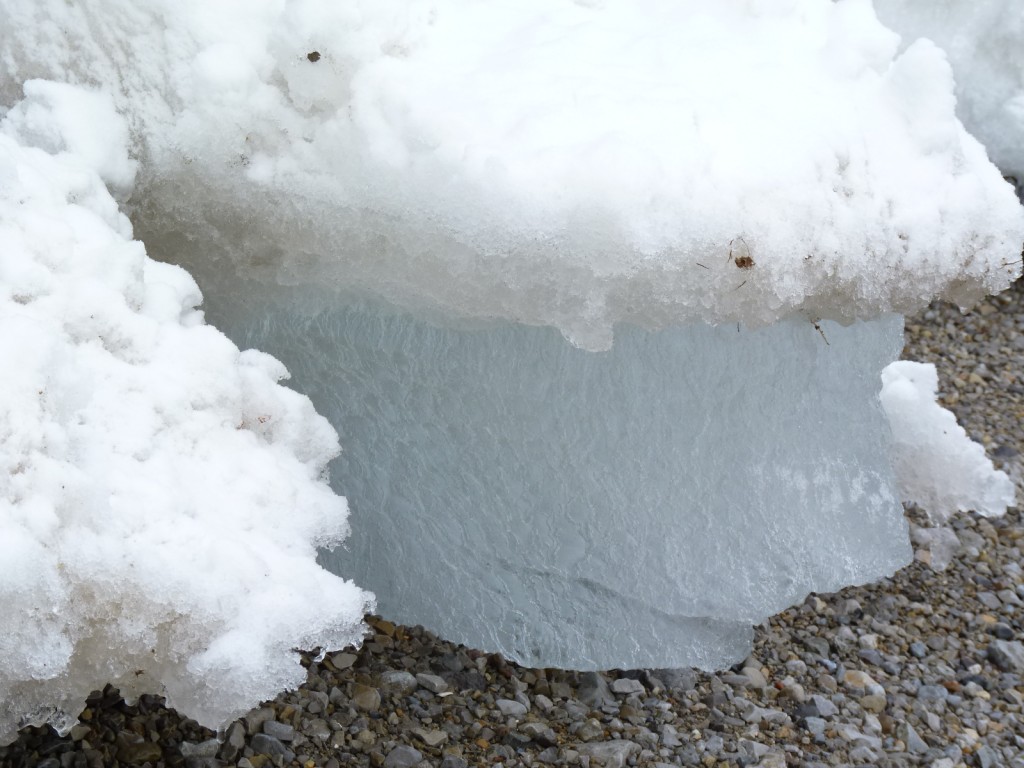

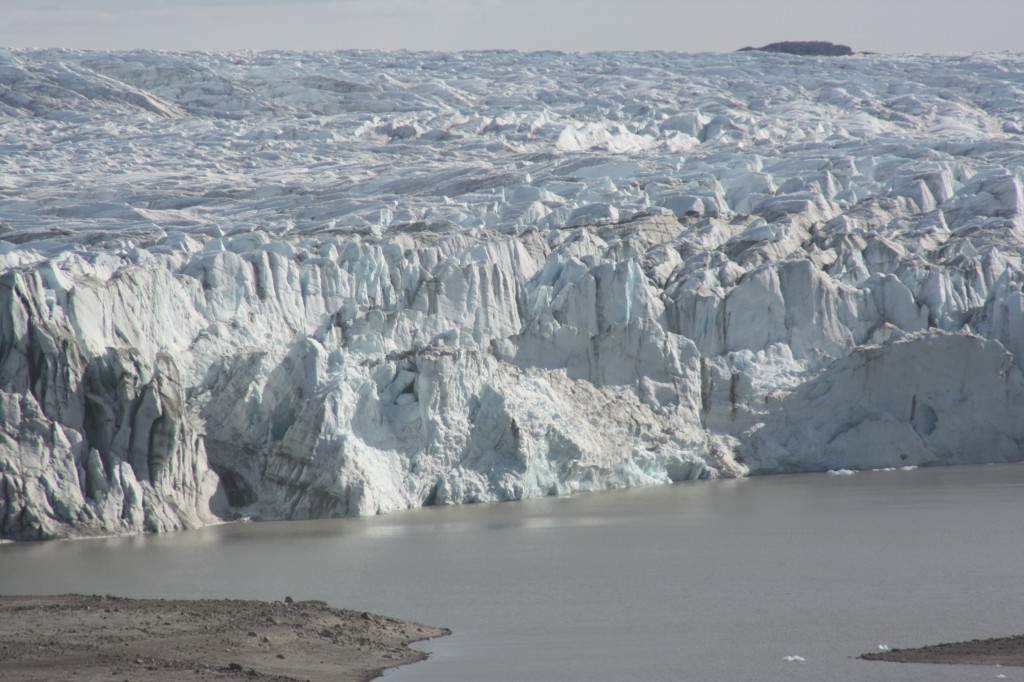



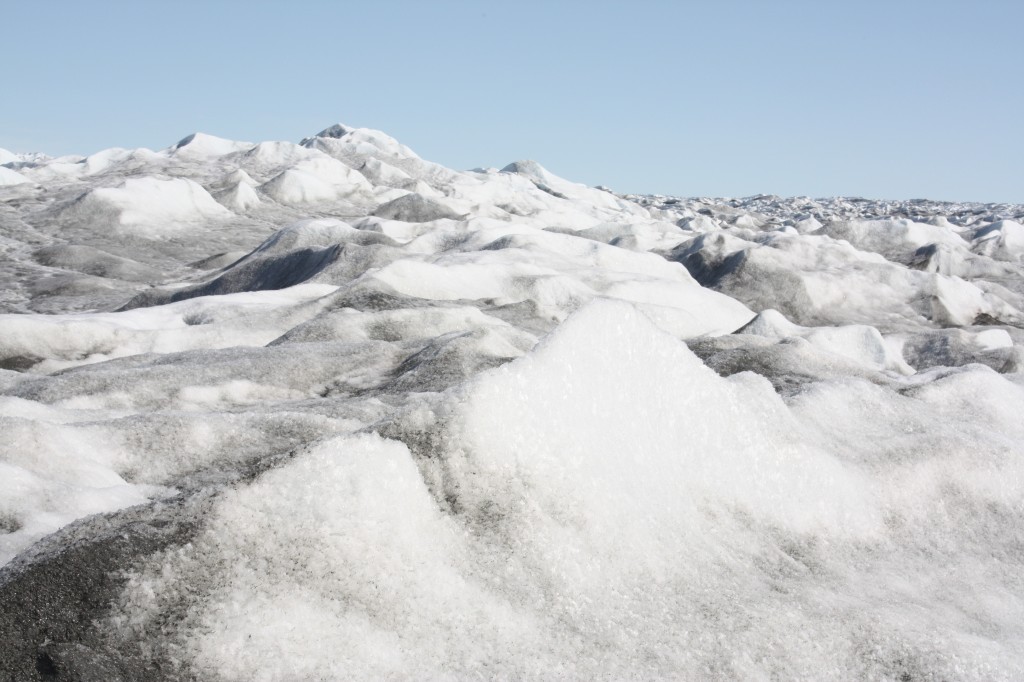
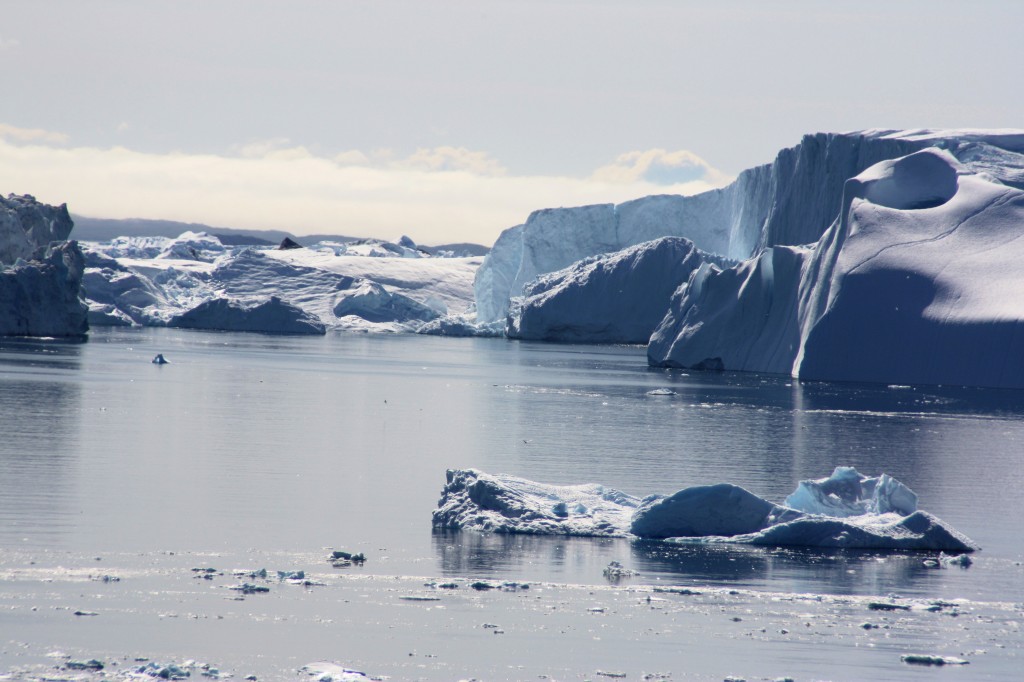
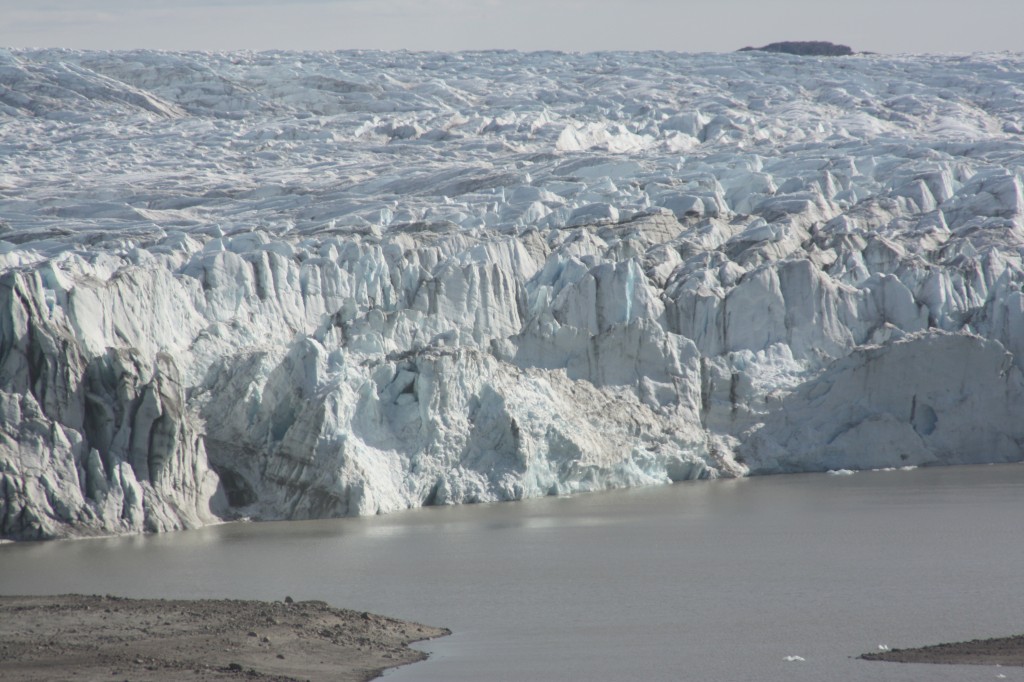
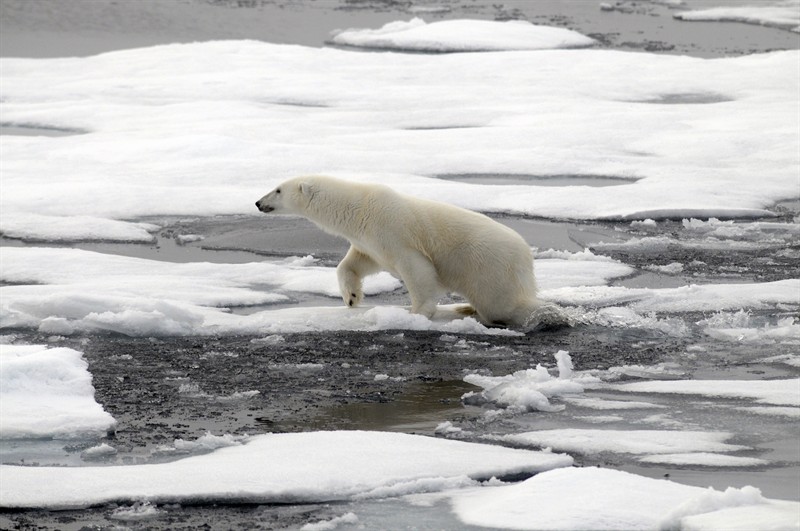
















Feedback